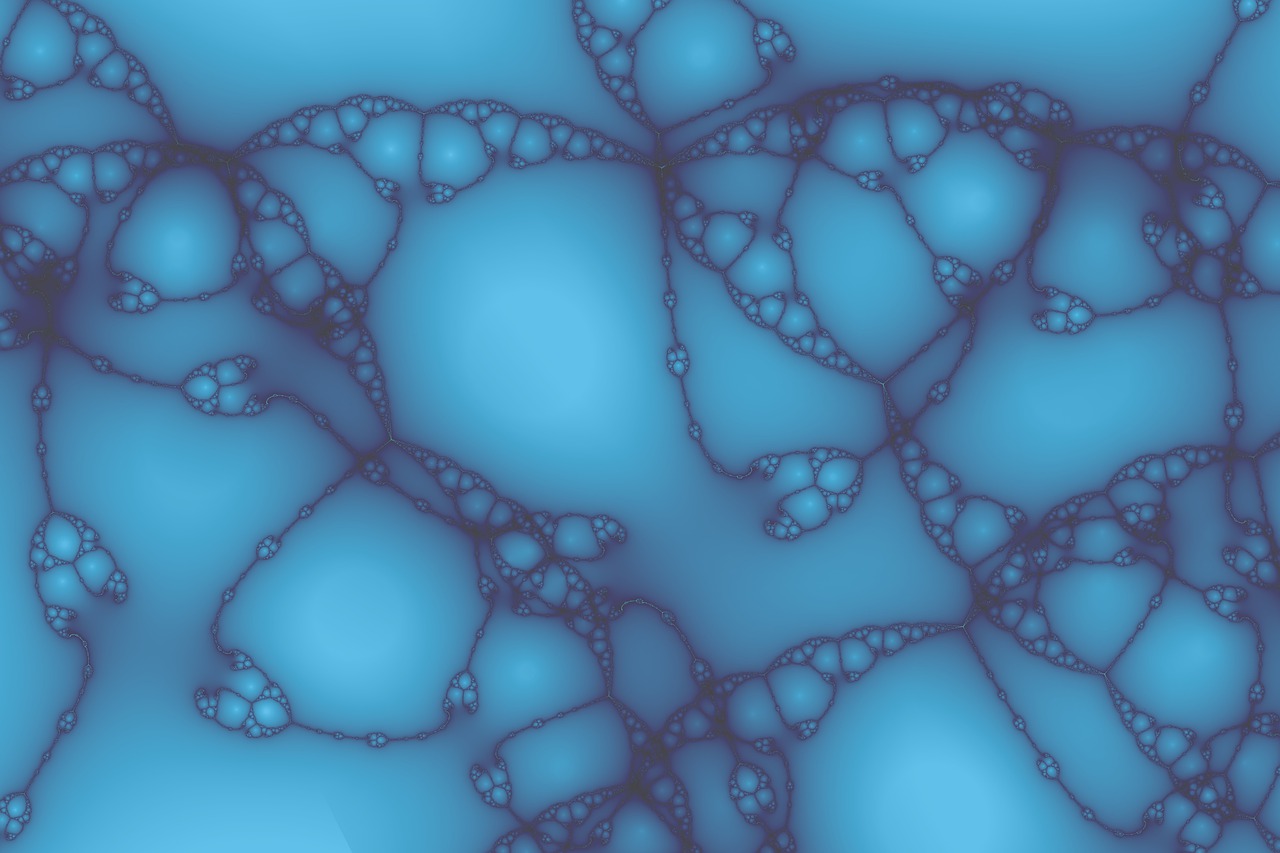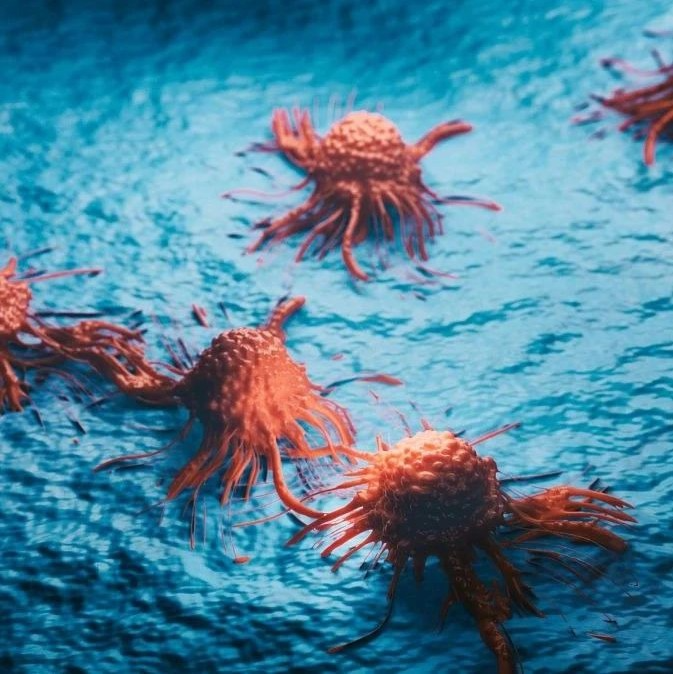一个国际科研小组日前发现,此前一直被人们视为“间日疟原虫”免疫人群的非洲人也会感染这种疾病,这一研究结果颠覆了许多人对此的认识。
由来自法国、美国和马达加斯加的研究人员组成的科研小组在新一期美国《国家科学院院刊》(PNAS)上发表报告说,“间日疟原虫”是引起疟疾的“罪魁祸首”——疟原虫中的一类,主要存在于亚洲和南美地区。此前普遍认为,红血球表面缺少名为Duffy蛋白质的人群对“间日疟原虫”具有天然的免疫力,因为Duffy是“间日疟原虫”的受体,没有它疟原虫就无法进入血液。大多数非洲人的血液都呈Dffy阴性,即不具备此类蛋白质,这也在一定程度上解释了非洲很少有“间日疟原虫”感染病例的原因。
然而,研究人员日前对马达加斯加部分居民进行观察后发现,一些呈Duffy阴性的居民也感染了“间日疟原虫”,这说明后者已成功绕过Duffy蛋白质,通过另一条“道路”进入了红血球,Duffy已不再是“间日疟原虫”传播的必要条件,但研究人员目前还不清楚其中的具体机制。
研究人员说,全球平均每年都会发现7000万到8000万例“间日疟原虫”感染病例,新的发现改变了人们此前对“间日疟原虫”免疫人群的看法。
更多阅读
《国家科学院院刊》发表论文摘要(英文)
Published online before print March 15, 2010, doi: 10.1073/pnas.0912496107
Plasmodium vivax clinical malaria is commonly observed in Duffy-negative Malagasy people
Didier Ménarda,b,1,2, Céline Barnadasa,c,1, Christiane Bouchierd, Cara Henry-Halldinc, Laurie R. Grayc, Arsène Ratsimbasoae, Vincent Thoniera, Jean-François Carodf, Olivier Domarlea, Yves Coling, Olivier Bertrandg, Julien Picotg, Christopher L. Kingc,h, Brian T. Grimbergc, Odile Mercereau-Puijalonb,2, and Peter A. Zimmermanc,2
Abstract
Malaria therapy, experimental, and epidemiological studies have shown that erythrocyte Duffy blood group-negative people, largely of African ancestry, are resistant to erythrocyte Plasmodium vivax infection. These findings established a paradigm that the Duffy antigen is required for P. vivax erythrocyte invasion. P. vivax is endemic in Madagascar, where admixture of Duffy-negative and Duffy-positive populations of diverse ethnic backgrounds has occurred over 2 millennia. There, we investigated susceptibility to P. vivax blood-stage infection and disease in association with Duffy blood group polymorphism. Duffy blood group genotyping identified 72% Duffy-negative individuals (FY*BES/*BES) in community surveys conducted at eight sentinel sites. Flow cytometry and adsorption–elution results confirmed the absence of Duffy antigen expression on Duffy-negative erythrocytes. P. vivax PCR positivity was observed in 8.8% (42/476) of asymptomatic Duffy-negative people. Clinical vivax malaria was identified in Duffy-negative subjects with nine P. vivax monoinfections and eight mixed Plasmodium species infections that included P. vivax (4.9 and 4.4% of 183 participants, respectively). Microscopy examination of blood smears confirmed blood-stage development of P. vivax, including gametocytes. Genotyping of polymorphic surface and microsatellite markers suggested that multiple P. vivax strains were infecting Duffy-negative people. In Madagascar, P. vivax has broken through its dependence on the Duffy antigen for establishing human blood-stage infection and disease. Further studies are necessary to identify the parasite and host molecules that enable this Duffy-independent P. vivax invasion of human erythrocytes.







